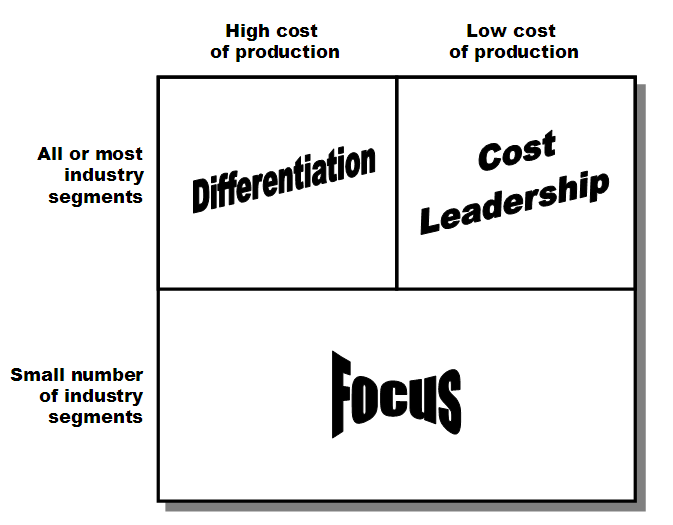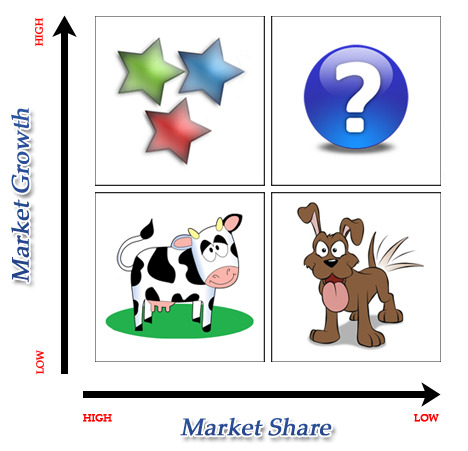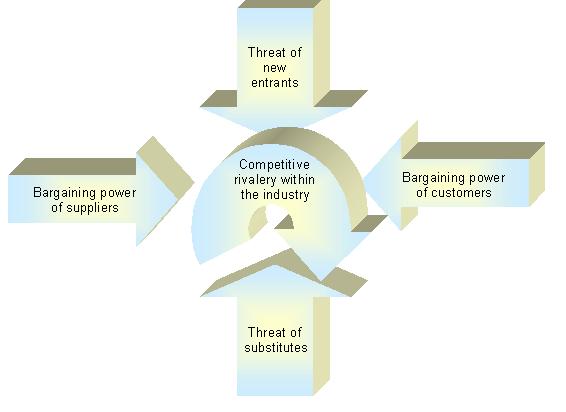In 1985, in his book Competitive Advantage: Creating and Sustaining Superior Performance, Michael Porter, outlined a set of generic strategies that could be applied to all products or services. In coping with the Porters model of five competitive forces, there are three potentially successful generic strategic approaches (also known as Porter’s Generic Competitive Strategies) to outperforming other firms in an industry:
- Overall cost leadership.
- Differentiation.
- Focus.
Sometimes the firm can successfully pursue more than one approach as its primary target, though this is rarely possible as will be discussed further. Effectively implementing any of these generic strategies usually requires total commitment and supporting organizational arrangements that are diluted if there is more than one primary target.… Read the rest



